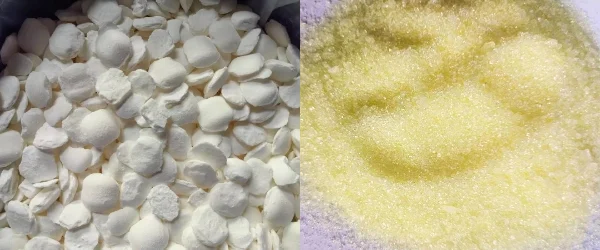
In the realm of chemistry, Sodium Ferrocyanide and Sodium Cyanide are two compounds that, despite sharing some compositional elements, have distinct characteristics. Understanding these differences is crucial, whether in industrial applications, scientific research, or safety considerations.
Chemical Structures and Formulas
Sodium Ferrocyanide
Sodium ferrocyanide has the chemical formula Na₄Fe(CN)₆. It contains a central iron (Fe) atom coordinated with six cyanide (CN) ligands, and four sodium (Na⁺) ions balance the overall negative charge of the complex anion [Fe(CN)₆]⁴⁻. In its hydrated form, it often appears as Na₄Fe(CN)₆·10H₂O. This coordination complex gives sodium ferrocyanide unique chemical and physical properties.
Sodium Cyanide
Sodium cyanide, with the formula NaCN, is a much simpler ionic compound. It consists of a sodium ion (Na⁺) and a cyanide ion (CN⁻). The cyanide ion is a highly reactive species, which contributes significantly to the compound's properties, especially its toxicity.
Physical Properties
Appearance
Sodium ferrocyanide typically presents as yellow crystalline solids. The yellow color is characteristic of the ferrocyanide anion. In contrast, sodium cyanide appears as white crystalline solids, often in the form of granules or powder.
Solubility
Sodium ferrocyanide is soluble in water, but insoluble in alcohol. When dissolved in water, it dissociates into its constituent ions, including the complex [Fe(CN)₆]⁴⁻ anion. Sodium cyanide, on the other hand, is highly soluble in water and also soluble in other polar solvents such as ethanol. It readily dissociates in water to release sodium ions and cyanide ions, which is a crucial factor in its reactivity and toxicity.
Melting and Boiling Points
Sodium ferrocyanide does not have a well - defined melting point in the traditional sense. When heated, it undergoes dehydration. For example, it starts to lose water molecules at around 50°C, and at 81.5°C, it becomes anhydrous. Further heating to 435°C leads to its decomposition. Sodium cyanide has a definite melting point of 564°C and a boiling point of 1469°C. These relatively high melting and boiling points are due to the strong ionic bonds in the compound.
Chemical Reactivity
Reactivity with Acids
Sodium ferrocyanide is relatively stable in the presence of dilute, non - heating acids. However, when exposed to concentrated, boiling acids, it can decompose to produce free hydrogen cyanide gas. For instance, in a strong acid environment, the following reaction can occur: Na₄Fe(CN)₆ + 6H₂SO₄ (concentrated, boiling) → 6HCN + 2FeSO₄ + 3Na₂SO₄ + 6H₂O. Sodium cyanide is extremely reactive with acids. Even weak acids can react with it to produce hydrogen cyanide gas, which is highly toxic. The reaction is as follows: NaCN + HCl → NaCl + HCN↑. This high reactivity with acids makes Sodium cyanide a very dangerous substance in the presence of acidic materials.
Oxidation and Reduction Reactions
Sodium ferrocyanide can be oxidized under certain conditions. In the presence of strong oxidizing agents, it can be converted to iron(III) complexes such as ferricyanide. For example, reaction with an appropriate oxidant can transform [Fe(CN)₆]⁴⁻ to [Fe(CN)₆]³⁻. Sodium cyanide can also participate in oxidation reactions. In the presence of oxygen and certain catalysts, it can be oxidized to less toxic substances. For example, in the presence of hydrogen peroxide, the reaction can be: NaCN + H₂O₂ → NaCNO + H₂O (when hydrogen peroxide is in limited quantity). Further reaction with excess hydrogen peroxide can convert sodium cyanate (NaCNO) to sodium bicarbonate (NaHCO₃) and ammonia (NH₃).
Complex Formation
Sodium ferrocyanide is itself a complex compound. It can further react with other metal ions to form new coordination complexes. For example, when reacting with iron(III) salts, it forms a deep - blue pigment known as Prussian blue, with the chemical formula Fe₄[Fe(CN)₆]₃. Sodium cyanide can also form complexes with various metal ions. In the extraction of gold and silver, for example, sodium cyanide is used to form soluble metal - cyanide complexes. Gold (Au) reacts with sodium cyanide in the presence of oxygen to form the complex ion [Au(CN)₂]⁻: 4Au + 8NaCN + O₂ + 2H₂O → 4Na[Au(CN)₂] + 4NaOH.
Toxicity
Sodium Ferrocyanide
Despite containing cyanide ligands, sodium ferrocyanide has relatively low toxicity. The World Health Organization and the Food and Agriculture Organization have determined that the acceptable daily intake of sodium ferrocyanide is 0 - 0.025 mg/kg of body weight. The reason for its low toxicity is that the cyanide ligands in sodium ferrocyanide are tightly bound to the central iron atom in the complex anion. Under normal conditions, it does not readily release free cyanide ions, which are the highly toxic species. However, in the presence of strong acids or under ultraviolet light, it can decompose to produce hydrogen cyanide gas, which is extremely toxic.
Sodium Cyanide
Sodium cyanide is one of the most toxic substances known. It is highly poisonous to humans and animals. When ingested, inhaled, or absorbed through the skin, sodium cyanide can release cyanide ions (CN⁻) in the body. These cyanide ions can bind to the iron atoms in cytochrome c oxidase, an enzyme involved in cellular respiration. This binding inhibits the enzyme's activity, preventing cells from using oxygen effectively, leading to cellular asphyxiation. Even a small amount, such as 0.1 - 0.3 grams, can be lethal to humans.
Applications
Sodium Ferrocyanide
Food Industry: In many countries, including the United States and those in the European Union, sodium ferrocyanide is used as an anti - caking agent in table salt. It helps to keep the salt free - flowing by preventing the formation of clumps. The maximum allowable limit of sodium ferrocyanide in salt varies by region but is strictly regulated to ensure safety.
Industrial Applications: It is used as a stabilizer for the coating on welding rods. In the petroleum industry, it can be used for the removal of mercaptans, which are sulfur - containing compounds that can cause unpleasant odors and corrosion problems.
Chemical Synthesis: Sodium ferrocyanide can be used as a starting material in the synthesis of other complex compounds and pigments, such as Prussian blue.
Sodium Cyanide
Mining Industry: Sodium cyanide is extensively used in the extraction of gold and silver. In the cyanidation process, gold and silver ores are treated with a dilute solution of sodium cyanide. The gold and silver dissolve in the cyanide solution as metal - cyanide complexes, which can then be separated and further processed to obtain the pure metals.
Chemical Synthesis: It is used as a starting material in the synthesis of a wide range of organic compounds. For example, it can be used to introduce a cyanide group (-CN) into organic molecules, which can then be further transformed into other functional groups such as carboxylic acids, amines, or aldehydes through subsequent reactions.
Electroplating: In electroplating processes, sodium cyanide can be used as a complexing agent. It helps to control the deposition of metal ions on the substrate, ensuring a smooth and uniform plating. However, due to its high toxicity, alternative non - cyanide electroplating processes are being increasingly developed.
Safety and Handling
Sodium Ferrocyanide
When handling sodium ferrocyanide, standard laboratory or industrial safety procedures should be followed. Workers should wear appropriate personal protective equipment, such as gloves and safety glasses. Although it has low toxicity under normal conditions, it should be stored in a cool, dry place away from acids and sources of ultraviolet light to prevent the formation of toxic hydrogen cyanide gas. In case of accidental exposure to the skin or eyes, the affected area should be rinsed thoroughly with water, and medical attention should be sought if irritation persists.
Sodium Cyanide
Handling sodium cyanide requires strict safety measures. It is classified as a highly toxic substance, and its storage, transportation, and use are tightly regulated. Workers must wear specialized protective clothing, including self - contained breathing apparatus, chemical - resistant suits, and gloves. Sodium cyanide should be stored in a secure, well - ventilated area away from acids, oxidizing agents, and sources of heat. In case of a spill or release, immediate evacuation of the area is necessary, and emergency response teams should be called. Specialized procedures, such as using hydrogen peroxide to neutralize sodium cyanide in the case of a spill, should be followed to minimize the risk of exposure to toxic hydrogen cyanide gas.
In conclusion, sodium ferrocyanide and sodium cyanide, while both containing cyanide - related components, have significant differences in their chemical structures, physical and chemical properties, toxicity levels, applications, and safety requirements. Proper understanding and handling of these compounds are essential in various fields to ensure safety and effective use.
- Random Content
- Hot content
- Hot review content
- Toxicity Assessment of Sodium Cyanide and Relevant Hazard Prevention Measures
- Flexible Customer and Supplier Relations Specialist (Location: Nigeria)
- Sodium Isobutyl Xanthate SIBX 90%
- Ammonium Nitrate Porous Prills
- Thiourea 99% high activity Professional Producer
- Antimonium Tartrate Potassium
- Manganese sulfate
- 1Discounted Sodium Cyanide (CAS: 143-33-9) for Mining - High Quality & Competitive Pricing
- 2Sodium Cyanide 98% CAS 143-33-9 gold dressing agent Essential for Mining and Chemical Industries
- 3Sodium Cyanide 98%+ CAS 143-33-9
- 4Anhydrous Oxalic acid 99.6% Industrial Grade
- 5Soda Ash Dense / Light 99.2% Sodium Carbonate Washing Soda
- 6Oxalic acid for mining 99.6%
- 7Calcium hydroxide Industrial Grade 90%
- 1Sodium Cyanide 98% CAS 143-33-9 gold dressing agent Essential for Mining and Chemical Industries
- 2High Quality 99% Purity of Cyanuric chloride ISO 9001:2005 REACH Verified Producer
- 3 High-Quality Sodium Cyanide for Leaching
- 4Powdery emulsion explosive
- 5Industry Grade Electron grade 98% Sulfuric Acid H2SO4 Sulphuric Acid Battery Acid Industrial Sulfuric Acid
- 6Colloidal emulsion explosive
- 7sodium hydrosulfide 70% flakes used Mining Industry



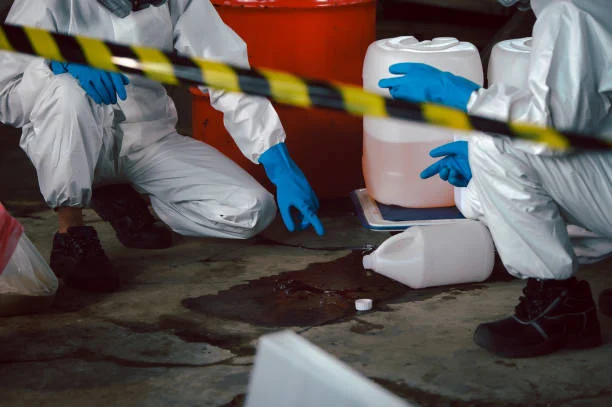
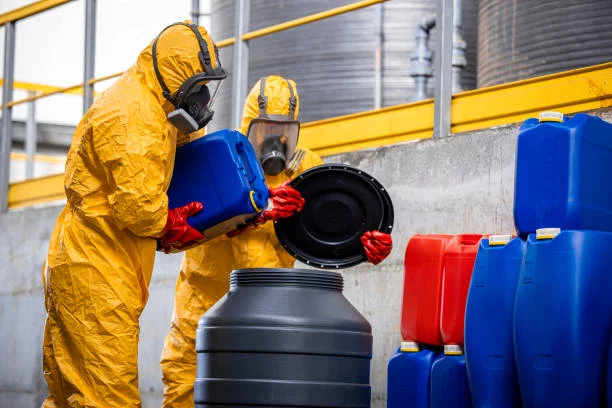
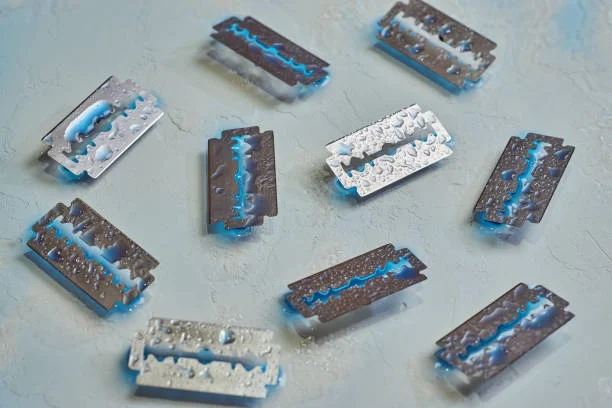
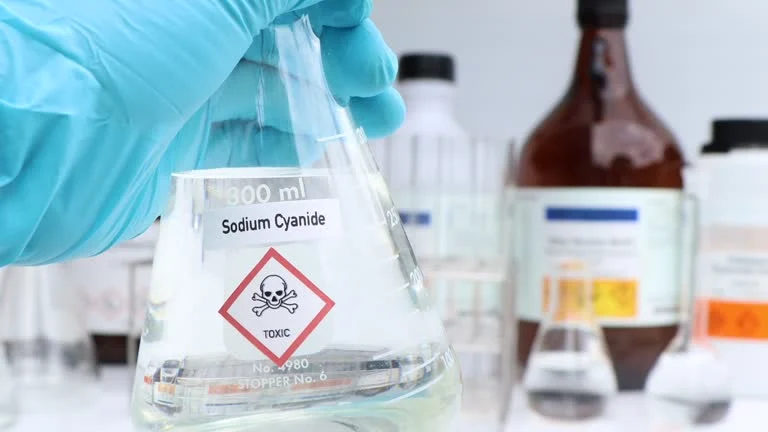
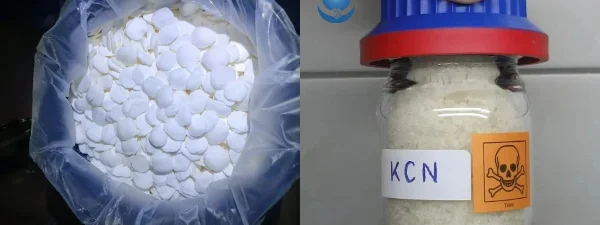



Online message consultation
Add comment: